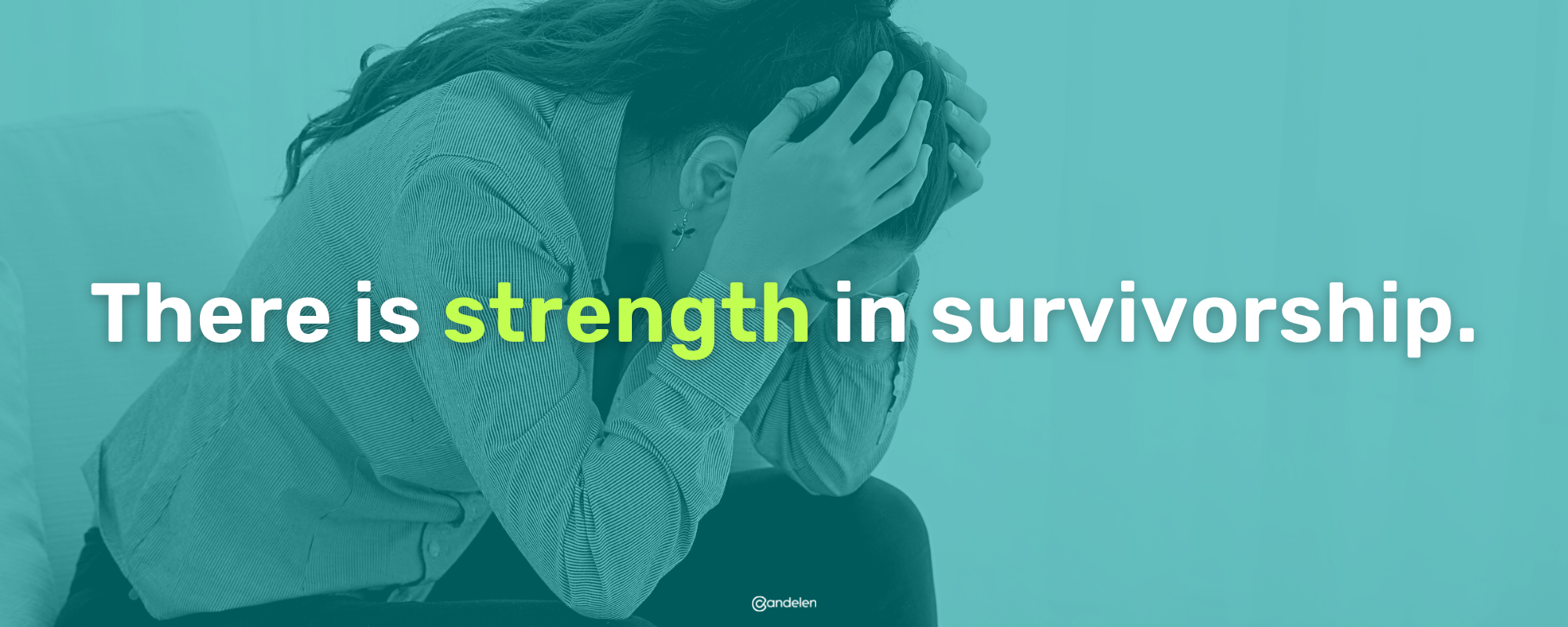Domestic Violence Isn’t “One Size Fits All”
October 20, 2022 |Domestic violence has many forms. These include physical abuse, sexual violence, reproductive coercion, economic abuse, and emotional abuse. Relationships begin on a good note without any red flags to detect.
One thing that remains constant that all perpetrators of domestic violence maintain is power and control.
These patterns include controlling choices on how to dress or relationships with family members and friends. An abusive partner may stop or prevent a survivor from going to work, control how they spend their money, and even ruin their credit. Tactics of abuse specifically against LGBTQ+ survivors of intimate partner violence include threatening to out their partner (Calton & Gebhard, 2016). The power and control wheel is a resource, as it displays patterns and tactics used by perpetrators.
Reasons for individuals to stay in abusive situations and environments vary, and have many complexities. Individuals may stay to keep their families intact, such as the relationship between child and parent. Another reason is a survivor's fear of retaliation or financial instability ("Why People Stay," n.d.).
Gaslighting that survivors experience also contributes to this list of reasons. Additional reasons include the bond shared with a partner, love, and hope for change. Therefore, individuals may not want the relationship to end, just for the abuse to stop. Cultural context, distrust in law enforcement and agencies, and immigration status are all factors that can influence a decision (Critelli & Yalim, 2020). Victim-blaming attitudes perpetuate the cycle of violence and cause feelings of shame that isolate victims/survivors.

Domestic violence may not always be visible, making awareness important. Learning about intimate partner violence helps us to identify patterns and behaviors associated with it.
- If a loved one confides with you about their experience, offer support and thank them for sharing.
- Let them know that what happened to them is not their fault and that you believe them.
- Looking ahead, always respect a loved one's decisions on how they will proceed.
- Follow up and ask about their needs and how you can support them.
A resource you could share with a loved one is a free app called myPlan, which is helpful for individualized safety plans and assessing danger. Click here to learn more about the app and download it.
Putting together a personalized safety plan is something that can be helpful to survivors. Safety plans serve as a tool to strategize ways to stay safe and reduce danger. Whether a survivor decides to plan around remaining with their partner or leaving, here are some considerations that may be helpful:
- Identify safe places and contacts, and collect items such as ID, legal documents, and medications.
- Technology usage and privacy are part of safety planning. If you suspect someone is monitoring your search history or electronic devices, there are a few considerations to mitigate the risk of danger. These include using a private browser and regularly clearing your search history on all electronic devices. Some websites belonging to domestic violence organizations have exit tabs or other ways to redirect you if needed.
Fostering a safe space for survivors is giving survivors control. Ensure that staff at domestic violence organizations are welcoming toward survivors and trained accordingly to prevent re-traumatization. Cultural competency, empathy, and experience working with diverse populations are necessary. Staff must uphold professionalism, understand the impacts and dynamics of violence, and build trust-filled relationships with clients.
Below are organizations and resources in Arizona and Nevada for those experiencing domestic violence and abuse.
References:
- Calton, Cattaneo, L. B., & Gebhard, K. T. (2016). Barriers to Help Seeking for Lesbian, Gay, Bisexual, Transgender, and Queer Survivors of Intimate Partner Violence. Trauma, Violence & Abuse, 17(5), 585–600.
- Critelli, & Yalim, A. C. (2020). Improving access to domestic violence services for women of immigrant and refugee status: a trauma-informed perspective. Journal of Ethnic & Cultural Diversity in Social Work, 29(1-3), 95–113. https://doi.org/10.1080/15313204.2019.1700863
- MyPlan. myPlan. (2022).
- National Domestic Violence Hotline. The Hotline. (2022).
- Safety Planning. ACESDV. (2018).

Nadiamaria Byrne serves as a Survivor Link VISTA at the ASU Office of Gender-Based Violence, where she works primarily on capacity building. Nadiamaria recently graduated with her MLS at the Sandra Day O'Connor College of Law at Arizona State University. Her interests include the intersection of domestic violence with immigration law, public policy and advocacy, and intimate partner violence risk assessment. She is passionate about healty relationship education and the importance of using a survivor-centered approach to address intimate partner violence.
Note: This article was written by Nadiamaria Byrne in partnership with the Arizona State University Office of Gender-Based Violence to assist Candelen in promoting awareness and resources regarding domestic violence. We extend our gratitude to Nadiamaria for the dedication, research, and expertise poured into this effort.
- Love is a Professional Word - April 25, 2023
- Candelen Announces New Chief Executive Officer, Rob Podlogar - March 30, 2023
- Inhale & Exhale: The Fight Against Postpartum Depression & Anxiety - March 14, 2023

